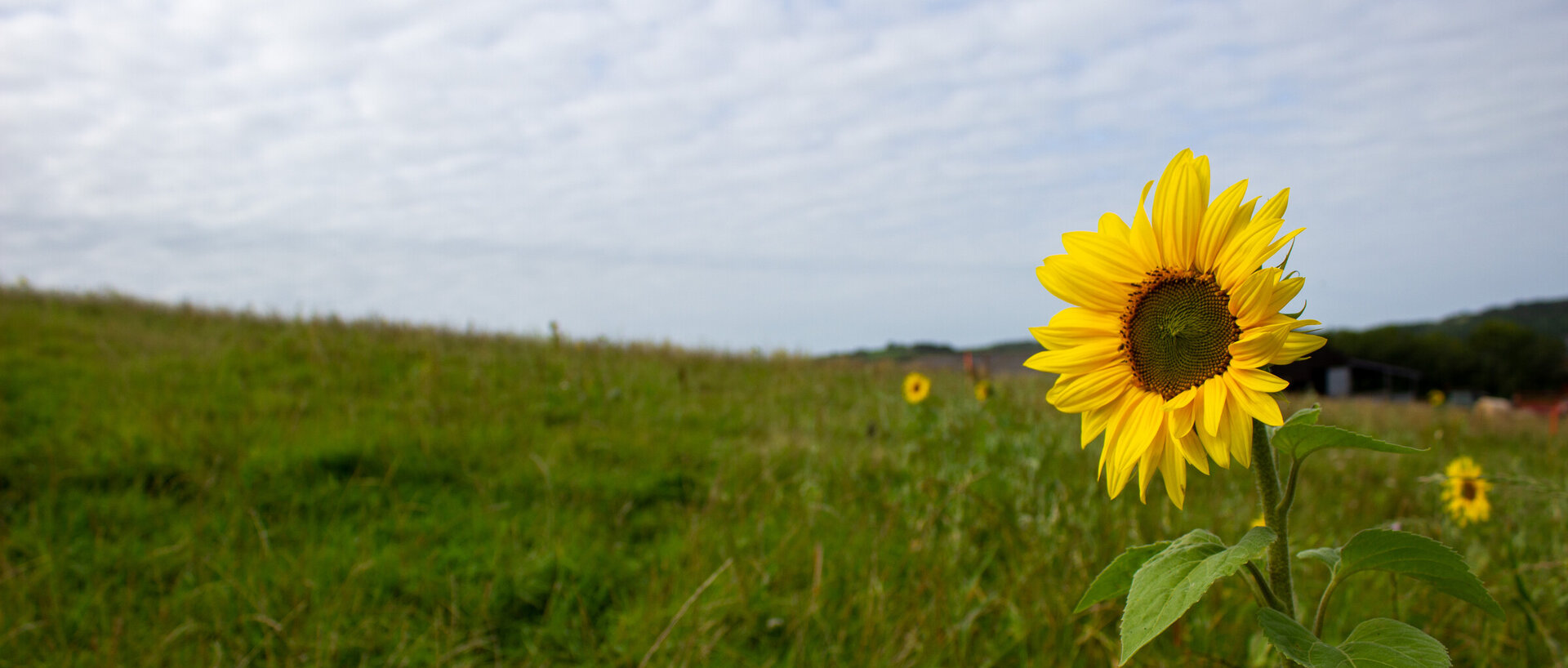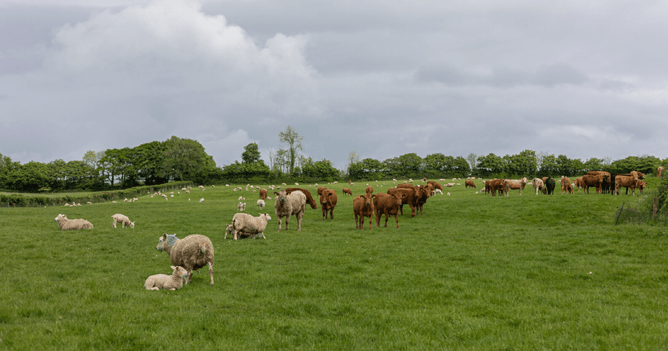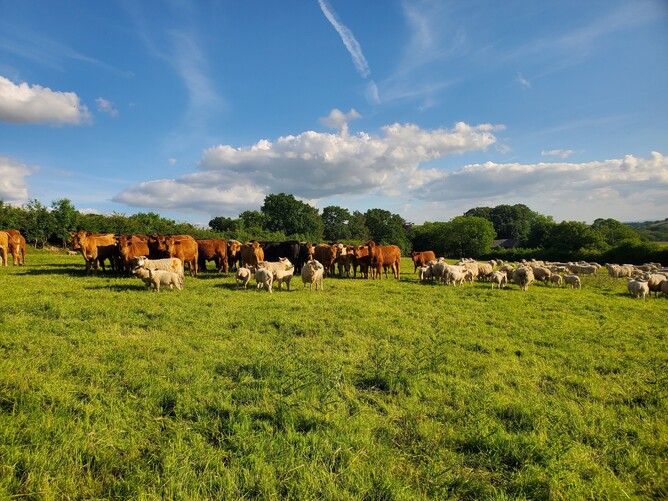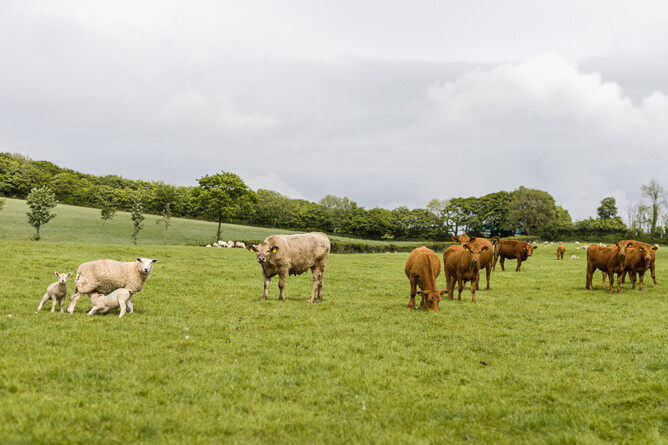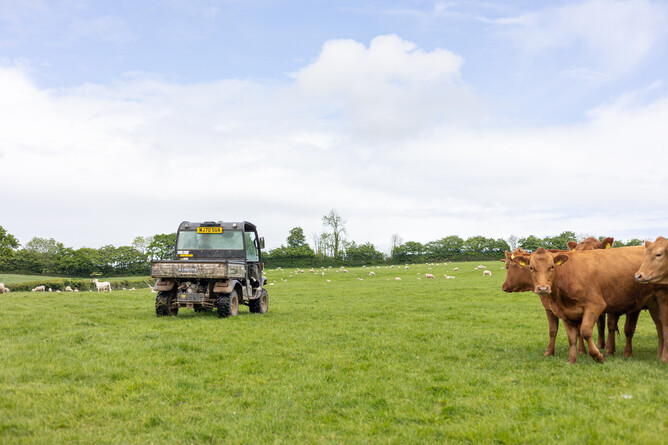Have you ever heard of a flerd? What is it and why do we keep our animals in a flerd at Redwoods Farm?
We love it when our customers and others engage with us about how we farm, so all these questions and more are answered below. Read on to find out more.
What is a flerd?
Quite simply a mix of a flock and herd - in our case, we keep a flock of sheep with a herd of cattle at Redwoods Farm.
How a flerd fits with our regenerative farming ethos
We try to mimic nature with our farming methods and a huge part of that is biodiversity. In the same way you hear about monocropping in terms of a wheat field or a field of potatoes, having only one species of livestock year after year in the same field limits the resulting biodiversity.
Different animals graze, forage and behave very differently, creating different conditions for a wider range of plants to grow along with different habitats for wildlife.
Sheep vs cattle
For example, sheep tend to be more fussy eaters, nibbling at the younger leaves while cattle take big mouthfuls at a time, pulling the plants from their stems with their tongue. This way, we get better utilisation of the pasture.
4-5 sheep will graze the same area as one cow, having a lighter impact over the same area. Both trample plant matter, putting more carbon and organic matter into the soil. In wet conditions, the heavier cattle can poach the soil, creating ruts in the ground then sheep can level out these ruts.
Other benefits
Another important part of the flerd is parasite control. Many parasites are species-specific, so if a different animal eats the larvae, it will stop the life cycle, reducing the burden for the affected animal.
The cattle and sheep seem to like each other's company too!
